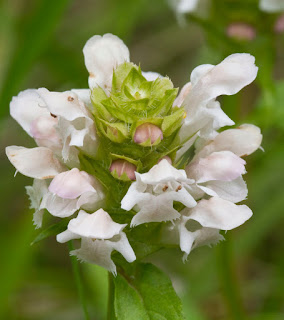
What ever is on the surface gets pushed upward - dirt, roots, or Doug Fir needles


Pictures of Pacific North West plants - mainly flowers








 Coralroots are members of the Orchid family and are unusual in that they get their nutrients from decaying organic material. This particular specimen was mowed down by the County road department two days after I took the picture.
Coralroots are members of the Orchid family and are unusual in that they get their nutrients from decaying organic material. This particular specimen was mowed down by the County road department two days after I took the picture. I only see one about once every 5 years and don't know if it is due to their coloring being so similar to the rocks or that they are rare. After I took the first picture he walked/swam through shallow water and I took a second picture:
I only see one about once every 5 years and don't know if it is due to their coloring being so similar to the rocks or that they are rare. After I took the first picture he walked/swam through shallow water and I took a second picture: The salamander was using his front legs to walk on the bottom and his hind legs as flippers to paddle through the water.
The salamander was using his front legs to walk on the bottom and his hind legs as flippers to paddle through the water.